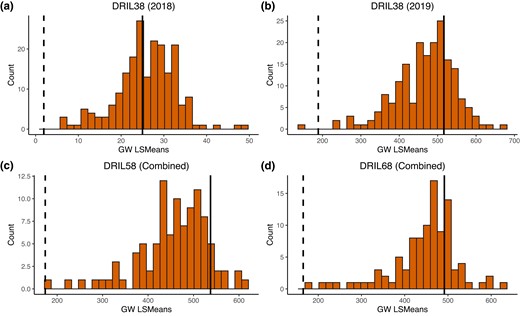2024-02-07 カリフォルニア大学リバーサイド校(UCR)
◆リグニンという植物細胞壁の主要成分の利用が鍵であり、CELF(共溶媒増強リグノセルロース分離)と呼ばれるバイオマス前処理技術がそのハードルを乗り越える。CELFはTHFを用い、リグニンの抽出能力を向上させる。この方法は次世代のバイオ燃料生産において経済的かつ環境的利点をもたらす。
<関連情報>
- https://news.ucr.edu/articles/2024/02/07/inexpensive-carbon-neutral-biofuels-are-finally-possible
- https://pubs.rsc.org/en/content/articlelanding/2024/ee/d3ee02532b
バイオマスからアルコール、持続可能な航空燃料、副産物を生産するための共溶媒によるリグノセルロース分画に基づく商業規模の脱リグニン型バイオリファイナリーの経済性と地球温暖化ポテンシャル Economics and global warming potential of a commercial-scale delignifying biorefinery based on co-solvent enhanced lignocellulosic fractionation to produce alcohols, sustainable aviation fuels, and co-products from biomass
Bruno Colling Klein,Brent Scheidemantle,Rebecca J. Hanes,Andrew W. Bartling,Nicholas J. Grundl,Robin J. Clark,Mary J. Biddy,Ling Tao,Cong T. Trinh,Adam M. Guss,Charles E. Wyman,Arthur J. Ragauskas,Erin G. Webb,Brian H. Davison and Charles M. Cai
Energy & Environmental Science Published:13 Dec 2023
DOI:https://doi.org/10.1039/D3EE02532B
Abstract
Harnessing the natural diversity of plant biomass for producing economically and environmentally sustainable liquid fuels and high-value co-products entails the strategic integration of different technologies, each finely tuned for a unique biomass intermediate, to realize greater synergies in a co-processing schema known as biorefining. Presented here is a techno-economic and life cycle analysis of a hybrid biorefinery strategy that integrates several leading biochemical and catalytic processes to maximize the utilization of lignocellulosic biomass and produce commercially relevant biofuels and bioproducts. High fidelity computer models were assembled to evaluate the impact of feedstock and co-product selection on overall economics and global warming potential of the biorefinery. Central to this biorefinery model is the application of mild co-solvent enhanced lignocellulosic fractionation (CELF) pretreatment as the first step to non-destructively fractionate biomass into clean hemicellulose sugars, cellulose, and lignin intermediates that are funneled to a suite of downstream conversion technologies to yield alcohols, esters, carboxylic acids, and hydrocarbons as co-products. A multiparametric analysis of different process modalities using deterministic evaluation of experimental data and sensitivity analyses reveal the advantages of selecting a feedstock with higher carbon content (poplar wood instead of corn stover), the benefits of selecting a fuel alcohol product with higher yield and titer (ethanol instead of isobutanol) and the outcomes of selecting lignin fate (valorization vs. combustion). The application of supercritical methanol and a copper porous metal oxide catalyst to convert lignin to cyclic hydrocarbons, a component of sustainable aviation fuel (SAF), presents mixed outcomes: while this operation further improves carbon recovery from biomass, its inclusion in the biorefinery leads to a carbon footprint penalty in view of the use of methanol for lignin depolymerization. Nevertheless, the CELF biorefinery model demonstrated a possibility of supplying SAF to the market at competitive prices – as low as $3.15 per GGE (gallon of gasoline equivalent) – as well as carboxylic acids and esters.




